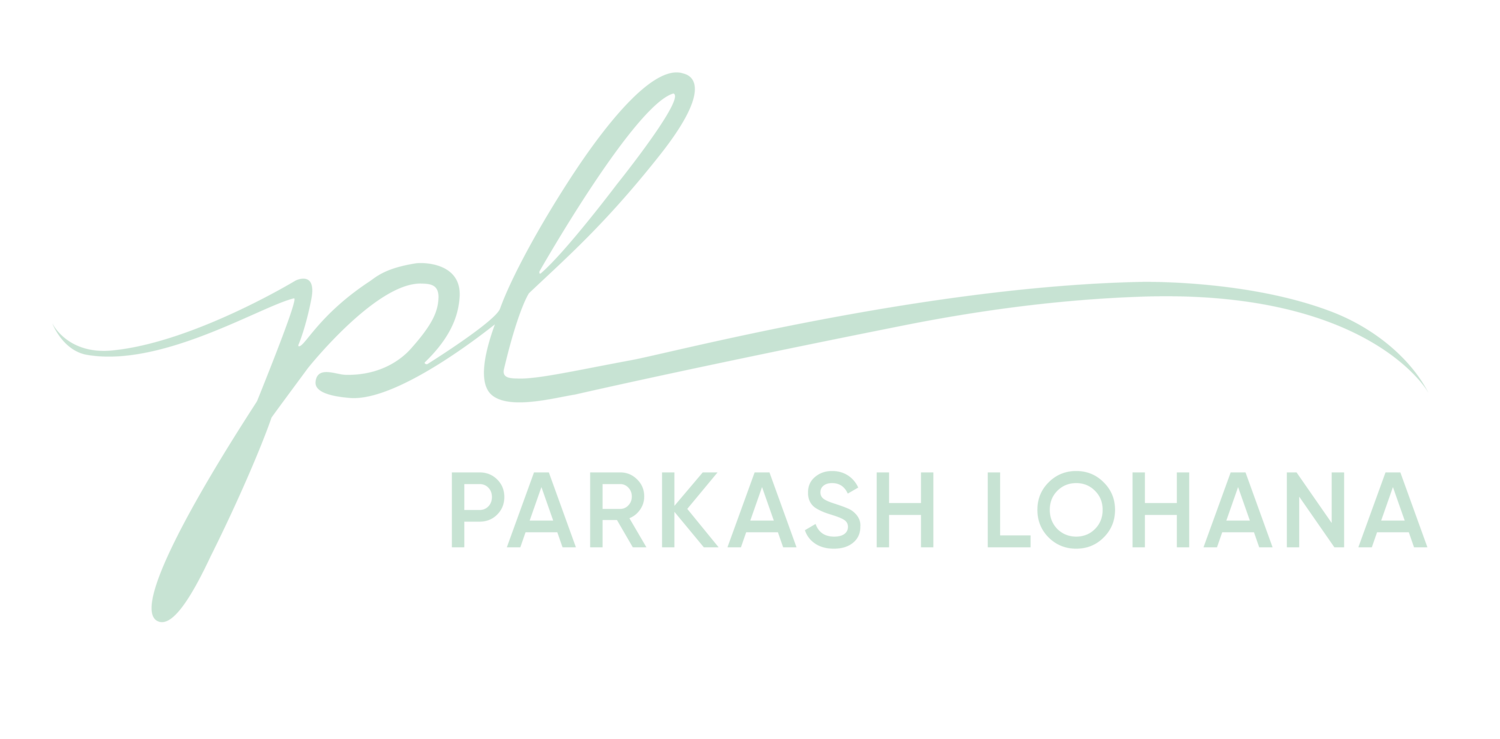
Procedures
Eyelid Surgery (Blepharoplasty)
Eyelid Surgery (Blepharoplasty)
Ageing of the upper half of the face includes changes in the forehead, eyebrow, upper eyelid, lower eyelid and cheek or mid face area.
The skin becomes thin and you lose volume of subcutaneous tissue. The continuous movements and contraction of muscles cause transverse creases at the forehead, vertical creases at the area between the eyebrows and creases also appear at the crow’s feet area. With the effect of ageing and gravity the tissues on the forehead and upper face move downwards. The eyebrows descend with a reduction in distance between the eyebrows and upper eyelashes and also leads to an excess skin fold on the upper eyelid. The normal fat in the socket can protrude and cause a bulge at the medial part of the upper eyelids. Sometimes normal structures, like the lacrimal gland, can descend and cause a bulge at the outer part of the upper eyelid.
The lower eyelids become loose and lax and the white part of the eyeball becomes visible below the darker area, called “scleral show”. The skin of the lower eyelid becomes loose and lax. The youthful lower eyelid is shorter in height but the ageing lower eyelid becomes longer in length because the tissue of the cheek descends due to gravity. It also causes deep lines between the eyelid and cheek called “tear trough deformity”.
The amount of fat normally present around the eyeball in the socket is variable due to laxity of the normal retaining tissue of fat in the orbit in the area of the lower eyelid. Prominent bulges appear, which are called “eye bags”. The fold on the side of the nose at the cheek, called naso-labial fold, also becomes prominent. All these age related changes on the upper face give a person a tired or an aged look. Both non-surgical and surgical remedies can help to rejuvenate the upper face. The surgical procedures for the upper face include, eyebrow lift, temple lift, browpexy, upper blepharoplasty, lower blepharoplasty, and mid face or cheek lift.
The skin loses its elasticity and our muscles slacken with age. For the eyelids this results in an accumulation of loose skin which collects as folds in the upper lids and forms deepening creases in the lower lids.
At the same time there is slackening of the muscle beneath the skin allowing the fat, which cushions the eyes in their sockets, to protrude forward to give the appearance of bagginess. In some families there is an inherited tendency for bags to develop during early adulthood before any skin changes.
The problem often seems worse in the morning particularly with prolonged stress and lack of sleep. Fluid that is normally distributed throughout the upright body during the day tends at night to settle in areas where the skin is loose, such as the eyelids.
Upper Blepharoplasty
Most patients come with a complaint of a tired look to their face due to a hooded appearance of their upper lids with no show of normal skin fold on the upper eyelids.
The eyebrows have to be at a suitable position in relation to the upper eyelashes to give a youthful fresh appearance. Some patients require a temple lift or browpexy to be performed at the same time when upper blepharoplasty is performed. The procedure of upper blepharoplasty mainly addresses the appearance of the upper eyelid. The assessment of excess skin on the upper eyelids and any excess fat with abnormal protrusion giving rise to bulges and position of lacrimal gland is assessed.
PROCEDURE
The upper blepharoplasty can be done under local anaesthesia. A pre-operative marking of skin to be excised is marked in the sitting position with the eyebrows held at a normal location over the upper orbital bony margin. The skin incision is marked in the natural crease and it also extends outwards over the crow’s feet area then the upper margin of excision of excess skin is marked. The excess skin is excised as marked. The fat deposits may be removed, reduced or repositioned. The structures are then closed in layers. Sutures from the skin are usually removed at 5-6 days from the operation.
Lower Blepharoplasty
The lower blepharoplasty involves addressing excess skin, loose muscle and tightening of the deep layer of the lower eyelid with repositioning of orbital fat over the lower orbital margin. This technique changes the aged look of the lower eyelid.
PROCEDURE
Lower eyelid surgery is often performed under general anaesthesia. An incision is placed close to the eyelashes extending to a variable distance in the crow’s feet area. Skin and muscle flaps are raised and orbital fat pad either removed or re-draped. The structures are then closed. Ice packs are used in the post-operative period. Sutures are usually removed after 5-6 days.
Most eyelid surgery cause bruising and swelling which settles in few weeks, however, specific risks of eyelid surgery include bruising, bleeding, infection, under or over correction, scar stretching, dry eyes, watering/grittiness (short lived), ectropion, blindness (1:30,000 – as a result of bleeding behind eye which is not treated promptly), blurred vision and dis-satisfaction. These will be discussed during your consultation.
If you would like to know more, Contact us today.
Arrange a Consultation
E. info@mrlohana.co.uk
